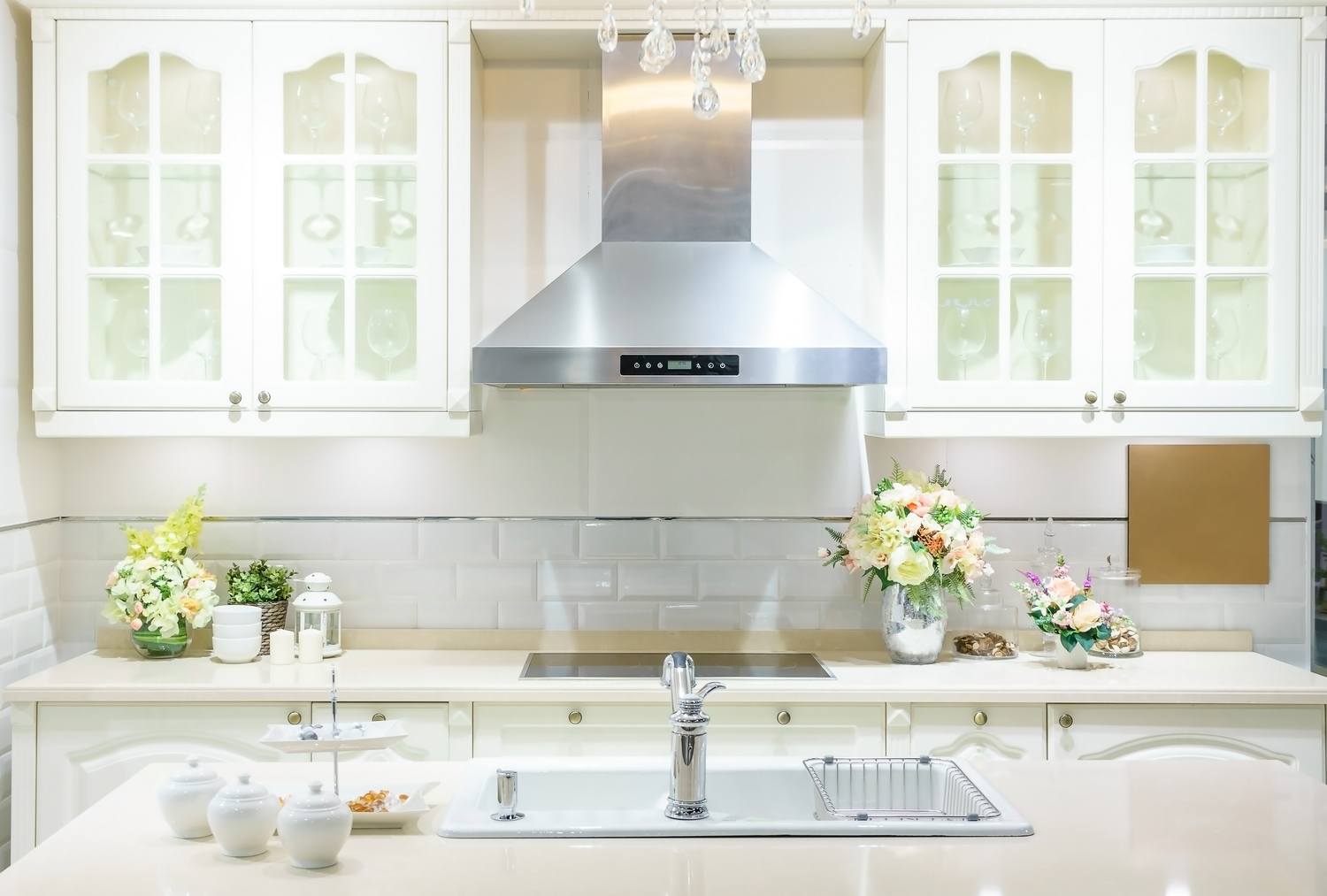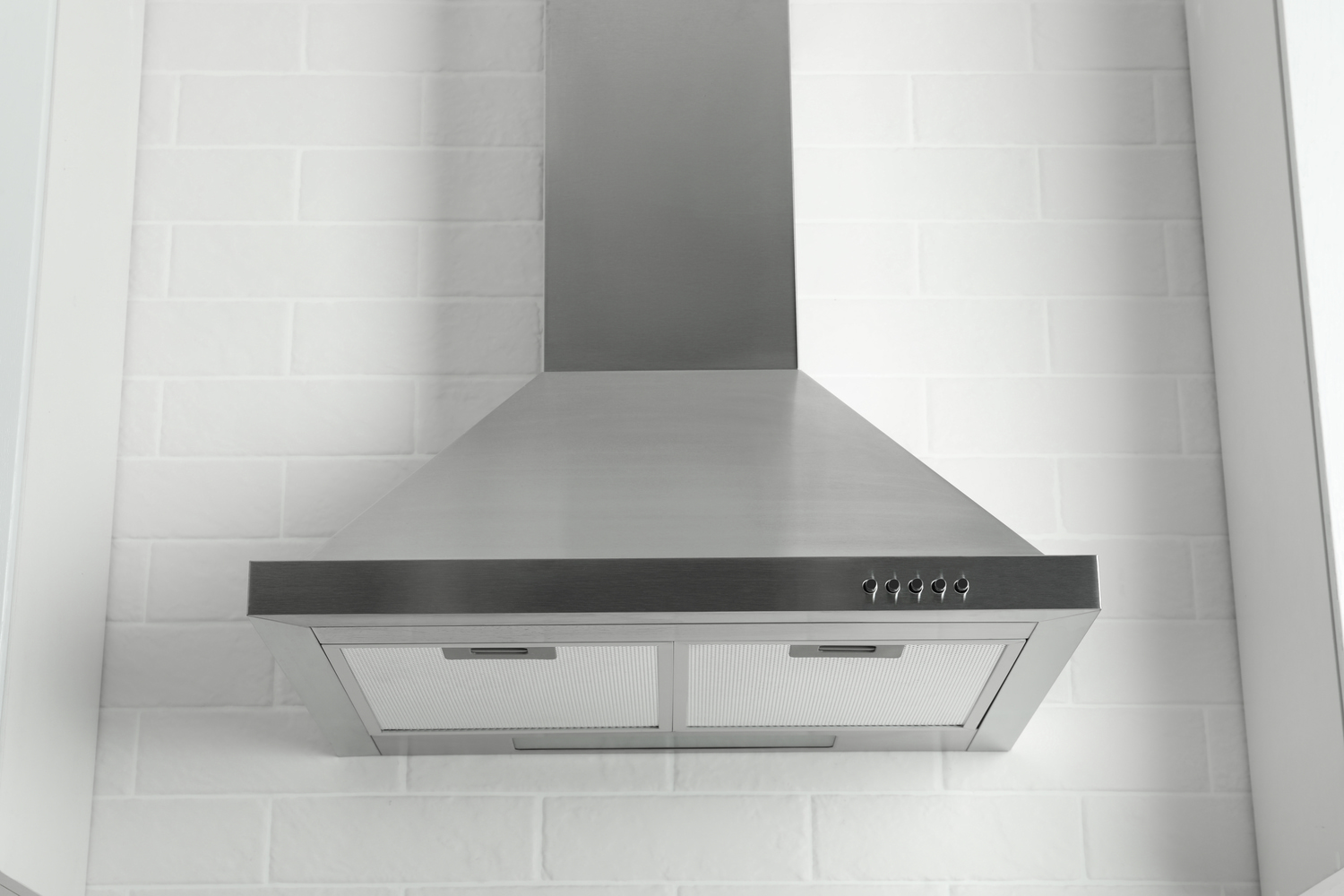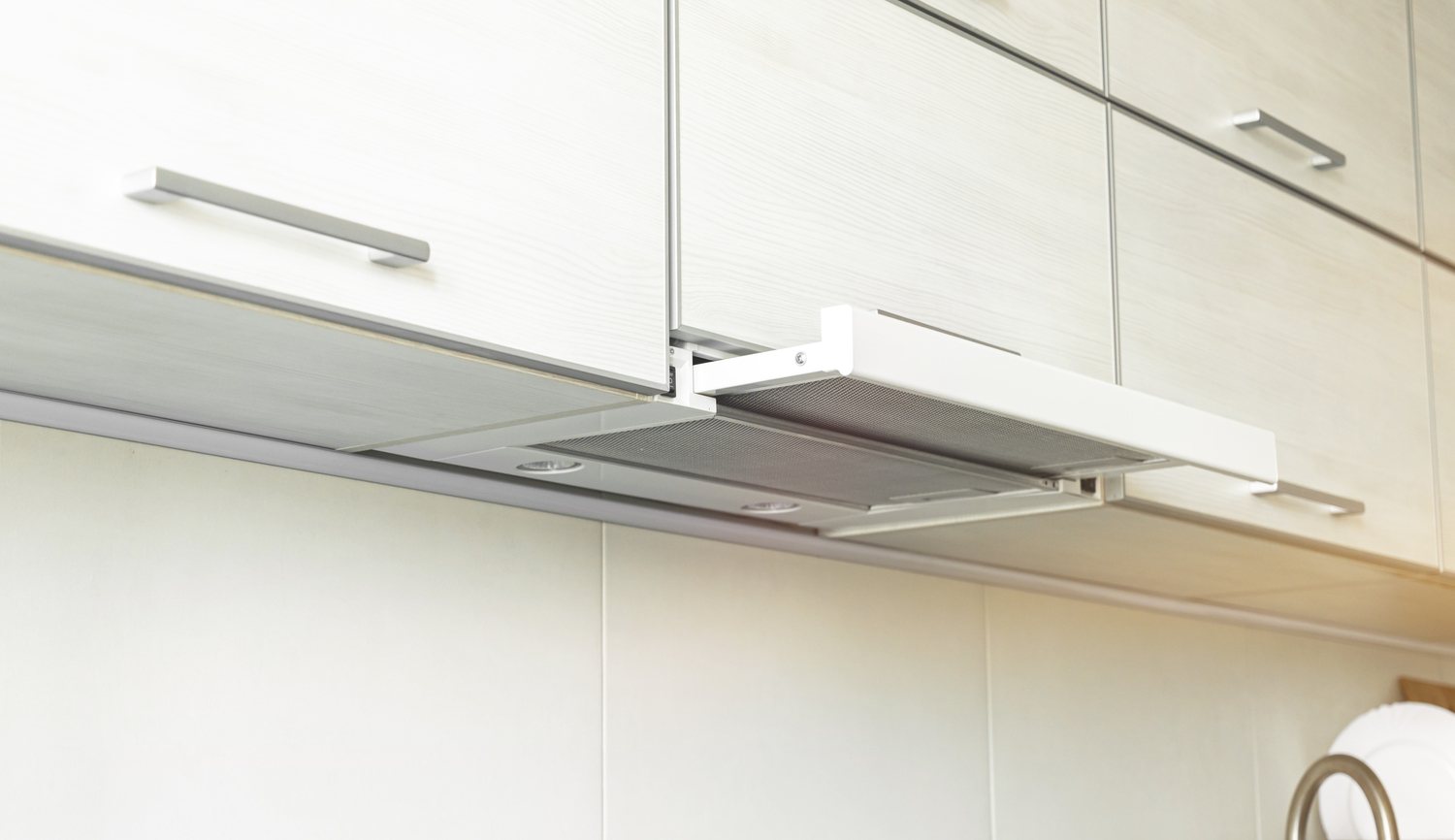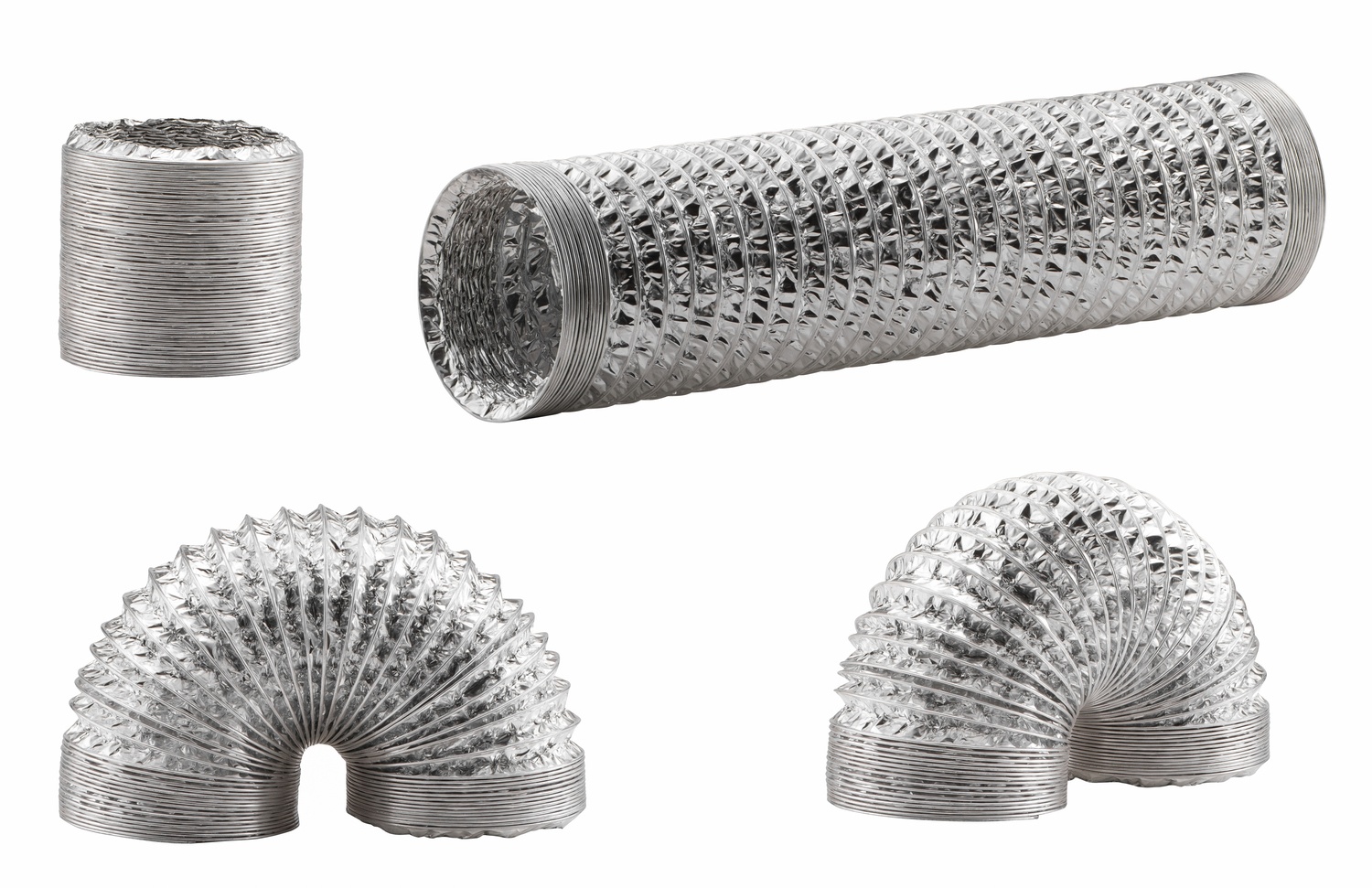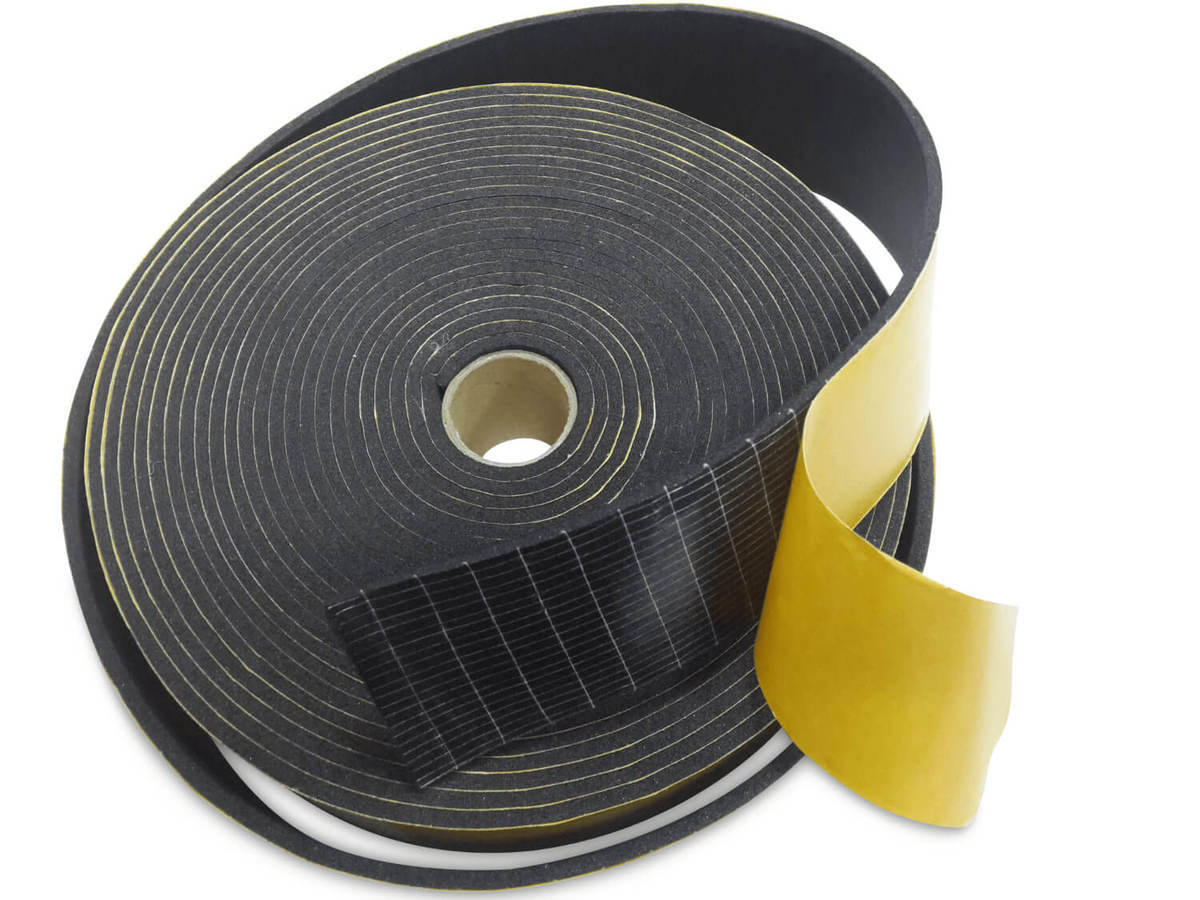How to soundproof a kitchen fan – Effective methods for a quieter kitchen environment
Soundproofing a kitchen fan is an effective way to reduce noise and create a more pleasant environment in the kitchen. A kitchen fan generates noise from several sources, including the fan motor, airflow in the ventilation pipes, and vibrations that travel through cabinets and walls. By using the right soundproofing methods, you can significantly reduce the noise level without affecting the functionality of the fan.
Common noise problems with kitchen fans
Noise from a kitchen fan can be disruptive and often affects both the cooking experience and the conversation environment in the kitchen. The most common causes of high noise levels include:
Fan motor noise
This comes from the motor's movement and can spread through walls and cabinets.
Ventilation pipe noise
Air passing through pipes creates turbulence, which can be amplified by narrow or curved ducts.
Vibrations from the fan
The fan's mounting can transmit structure-borne noise to walls and ceilings if it is not installed correctly.
Reducing these noise sources requires a combination of sound-insulating, vibration-damping, and airflow-optimizing solutions.
Dampen noise from the fan motor
The fan motor is often the primary source of noise in a kitchen fan, especially if it is located in the fan itself rather than being externally mounted.
Reduce noise from ventilation pipes
Air moving through ventilation pipes can create high turbulence, which in turn generates noise. Metal pipes can also amplify vibrations, leading to a higher noise level in the kitchen.
Dampen vibrations from the fan
Vibrations from the kitchen fan can spread through the kitchen fixtures and create a disturbing humming noise.
Prevent sound leakage by sealing
If there are gaps and cracks around the kitchen fan, sound can leak out and be amplified in the room.
Optimize airflow for quieter operation
If the ventilation ducts are too narrow or have too many bends, the airflow can become unnecessarily high, which increases the noise level.
Summary – How to effectively reduce noise from a kitchen fan
Soundproofing a kitchen fan requires a combination of sound-absorbing materials, vibration reduction, and airflow optimization.
- Dampen the noise from the fan motor by moving it externally or using vibration-damping mounting.
- Reduce noise from the ventilation pipes by using insulated pipes and installing a silencer.
- Prevent vibrations by stabilizing the mounting points and using rubber dampers.
- Sealing is crucial – ensure that all joints and gaps are sealed with acoustic sealing materials.
- Optimized airflow means quieter operation – the right ventilation pipes, cleaning, and customized fan capacity reduce noise levels.
By implementing these measures, you can create a quieter and more pleasant kitchen environment where you are free from disturbing noise from the fan.





